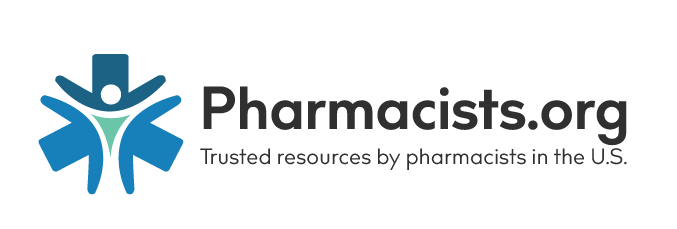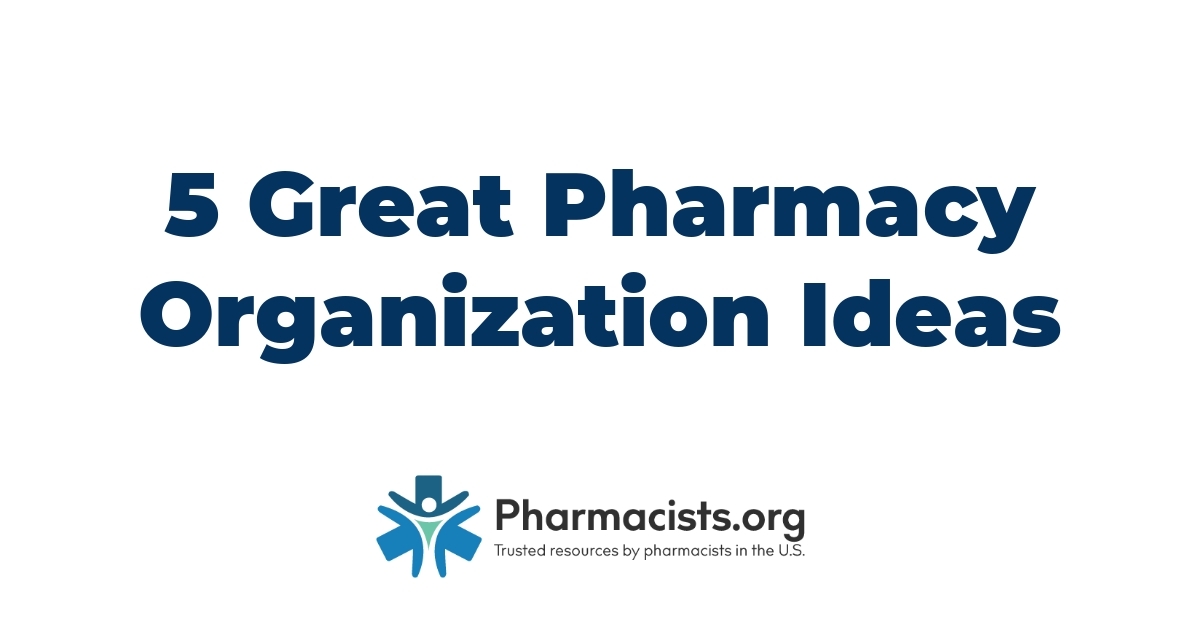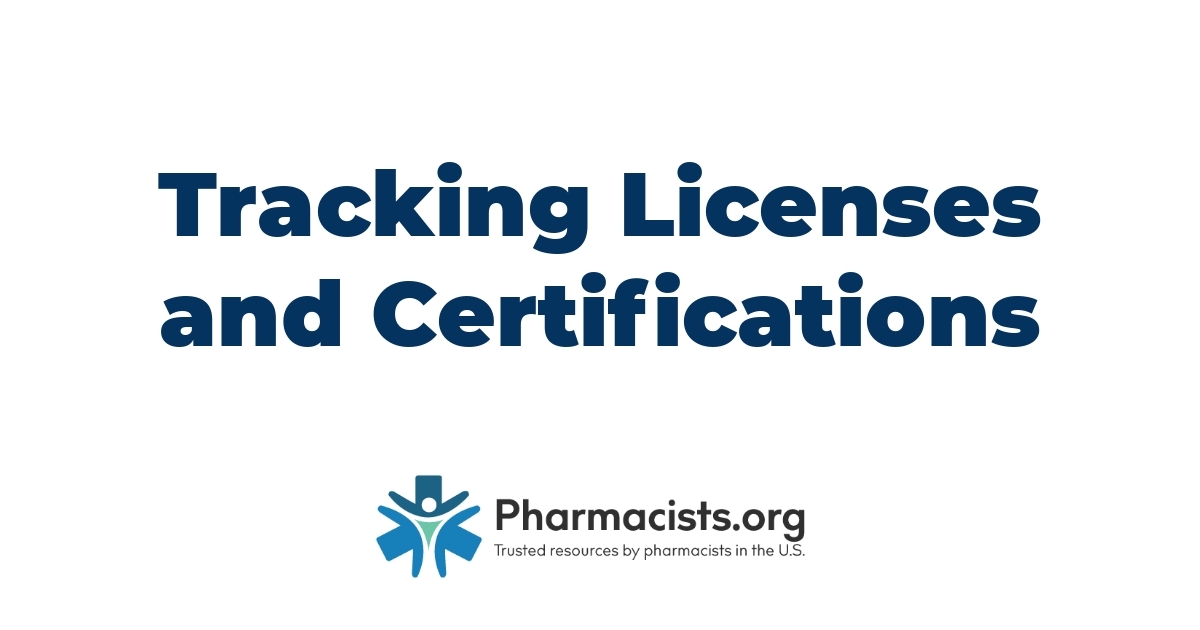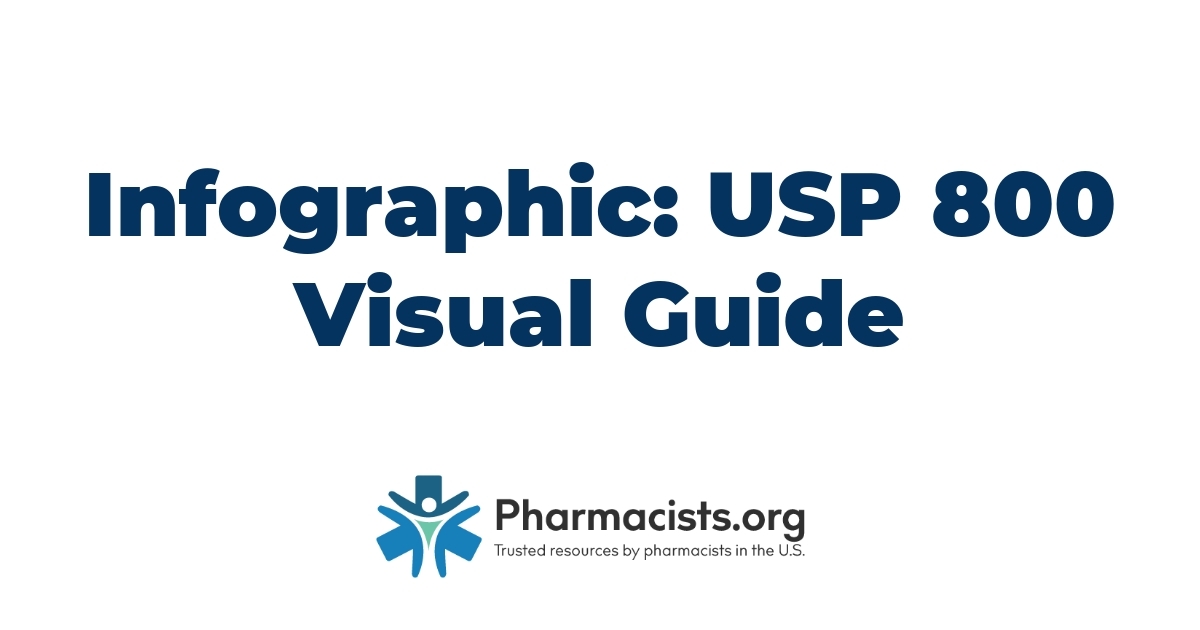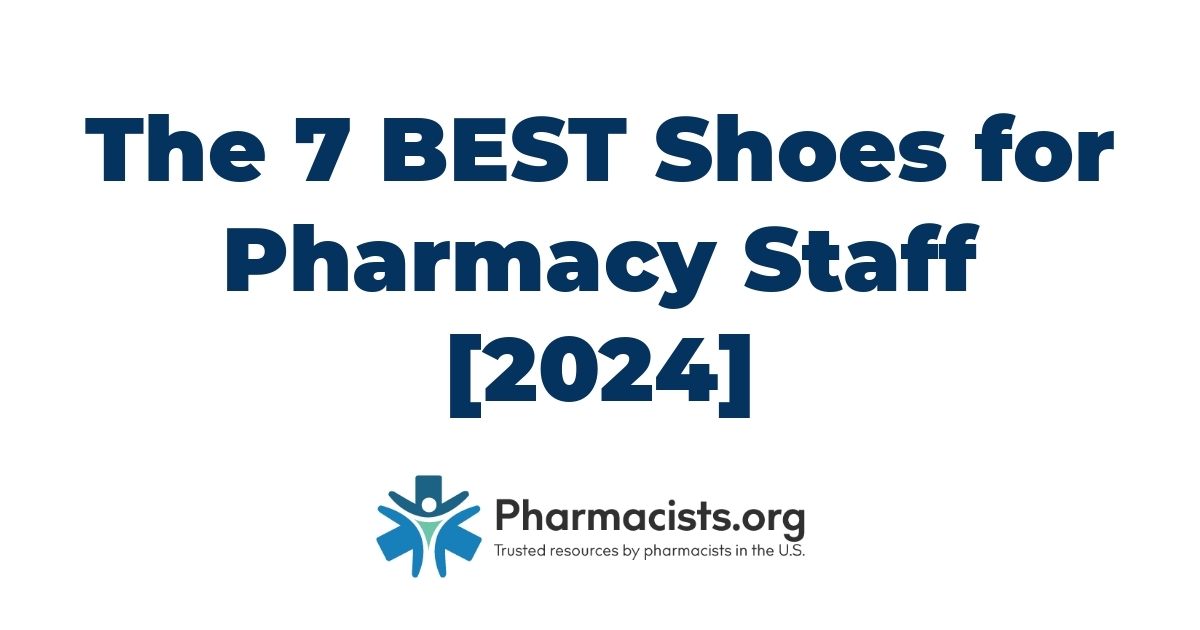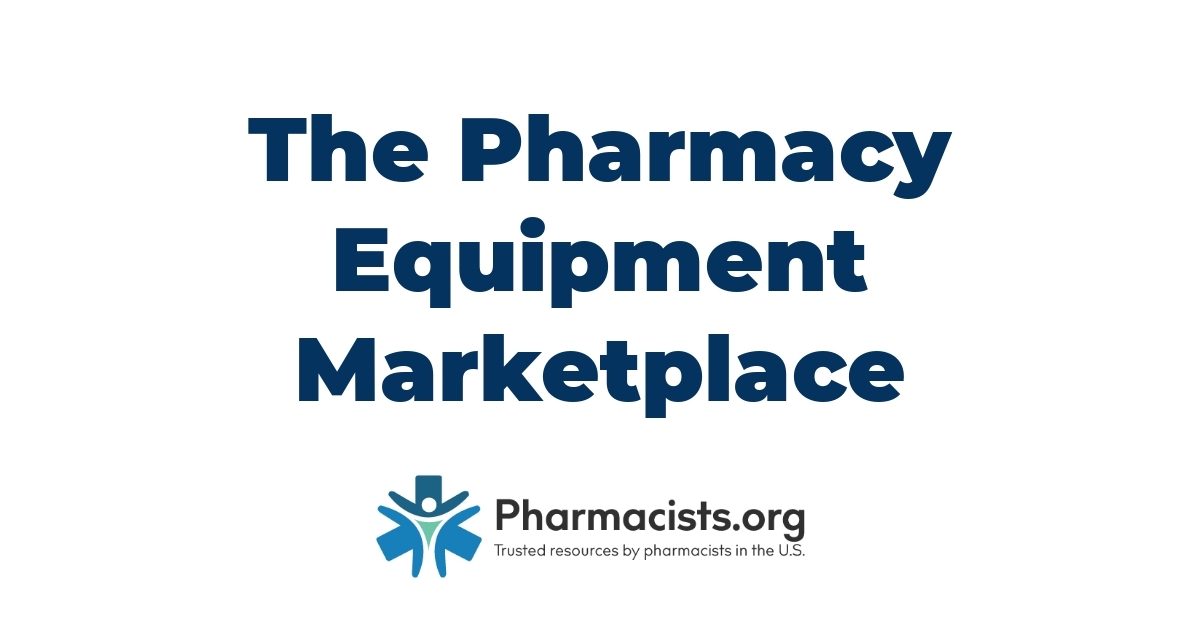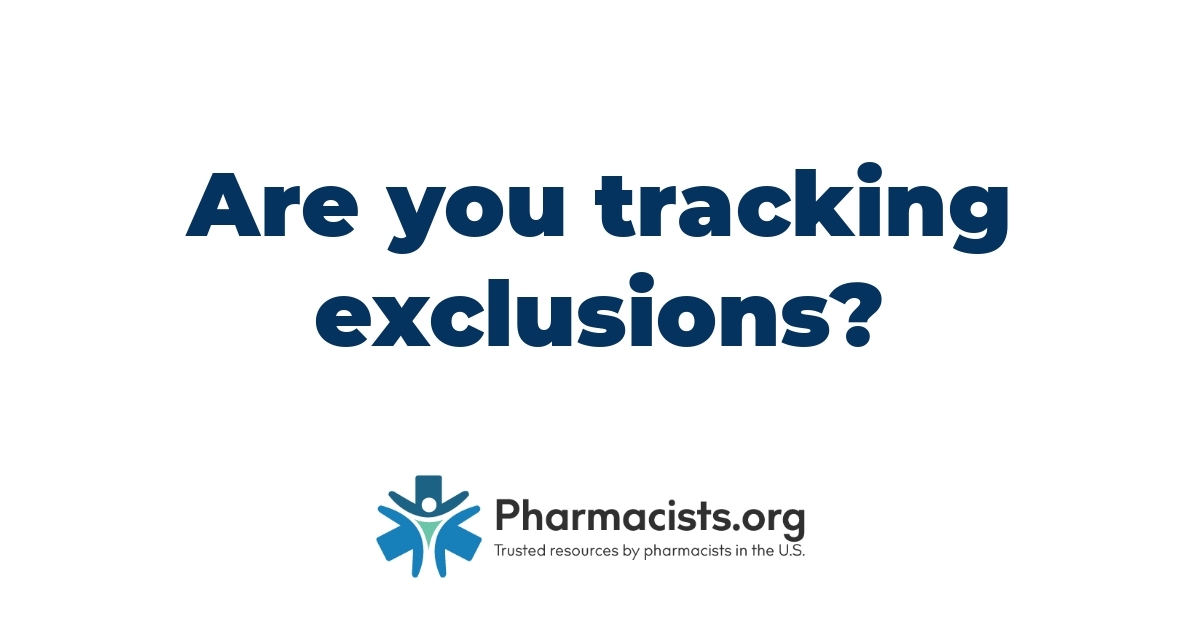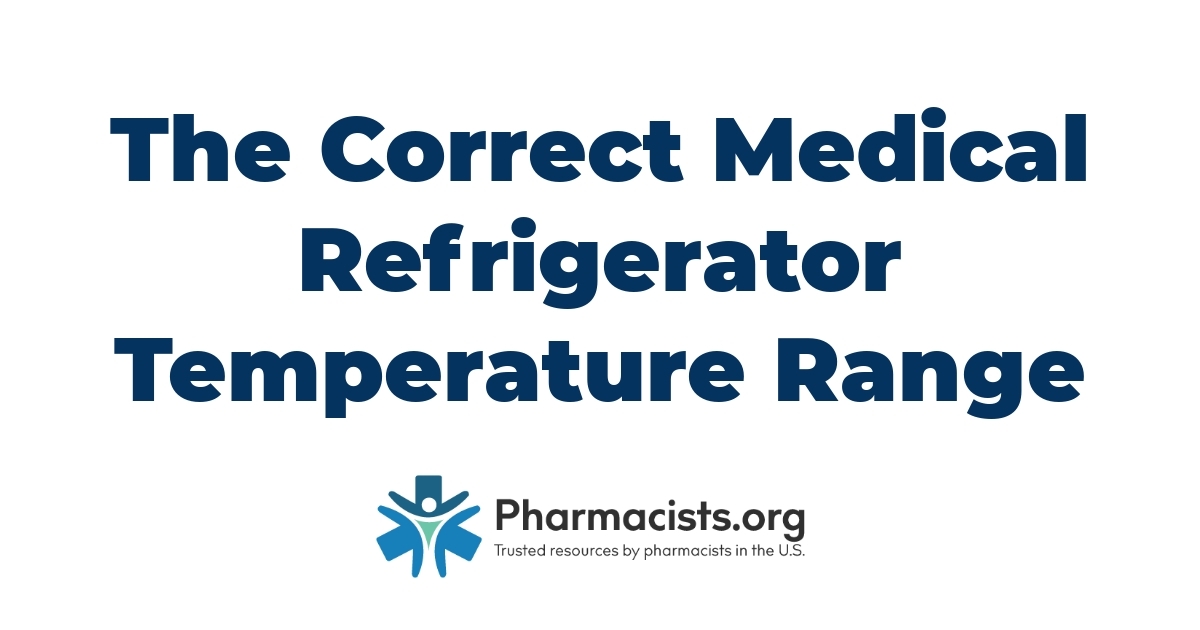Making the most of your computer system is one of the easiest, no-cost ways you can improve your workflow, save time, and reduce the chance for errors. Even if you’ve done it in the past, but it’s been a while, it’s a good idea to take another look and see what updates are available.
Computer systems are not stagnant, ‘set it and forget it’ systems, but rather are constantly being updated and improved upon, so if you’re not capitalizing on that you’re missing out.
I still remember doing a rotation at a site that had a system capable of barcode scanning and product checking that included a picture of the product but had not set up any of that, so were still using the old-school method of putting the stock bottle in the bin and bringing the whole thing to the pharmacist.
What a waste. Don’t do that! At least max out your existing system, and if it still doesn’t have what you want then go shopping for another one. Don’t settle for mediocrity when it comes to something so central to your daily operations.
Of note, I will be referring to QS/1 a lot because it’s what we have and thus what I’m familiar with, but your dispensing system should have similar features (even if they’re called something different).
OK, now on to my list of top things to review in your system.
Table of Contents
1. Check Your Sig Codes
Sig codes can be a big source of errors, but they don’t have to be. Most systems I’ve worked with have had hundreds of sig codes added, yet we regularly use less than 30 or 40. That leaves the others to cause confusion and increase the risk for errors.
I once saw a med error because “PRNCON” defaulted to “as needed for constipation,” but “PRN CON” defaulted to “as needed for congestion.” I don’t have to finish that story for you to guess what happened.
Part of the issue is allowing too many people to add sig codes (the example above apparently was added by billing staff that didn’t even work there anymore).
Like a hospital P and T committee, your pharmacy should have a group (even if less formal) that will give feedback on sig codes. Access to edit, delete, or add sig codes should only be given to the manager or owner.
Be careful, though, deleting the codes: in many systems, that means any other previous prescription that used it will now not convert to the associated directions. A good place to start might be to delete codes that have not been used in over a year (since those prescriptions would be expired anyway and wouldn’t be at risk of being filled).
Other tips with sig codes:
- Be sure all aspects of the directions are there. Route of administration is frequently left out (“by mouth,” “under the skin,” etc.).
- In line with ISMP and AAP recommendations, eliminate the use of tablespoon and teaspoon. All liquid measurements should be in mL.
- Avoid provider-specific codes (“SMITH” = “Take 1-2 tabs every 6-8 hours”, because ‘that’s what Dr. Smith writes for’).
- Check for patient-friendly language (under the skin vs. subcutaneously, etc.).
2. NPLEX Reporting
In most systems the NPLEX database, used to report CMEA transactions, can be integrated with the point of sale system. Instead of manually logging into NPLEX and entering all of the customer’s info from their ID, you can just scan it in the POS, it pre-populates the info, then submits it to NPLEX.
When I got to my current pharmacy this was an easy win. I turned the feature on for maybe $20-30 a month and saved a ton of time at the register. Enrolling was a one-page form, a signature, and a fax back.
3. Automated PDMP Reporting
Similar to NPLEX, you shouldn’t be manually reporting to your state PDMP. Get signed up for the auto reporting. If your software vendor doesn’t have automated NPLEX or PDMP, you should probably shop for a new vendor. Both of these are no-brainers that will save you time everyday.
I enrolled us for about $20 per month and haven’t touched the PDMP ever since (other than checking it, of course, before filling controls).
4. Automated Price Updates
AWP can change rapidly and when it does you could be missing out on revenue by submitting a price lower than what the insurance company would reimburse you for. They are happy to pay your price, of course, but you lose revenue. Having the AWP update automatically once daily can help prevent this problem.
5. Delivery Methods
It’s probably called something slightly different in every system, but these are the things that mark your prescription as Waiting, Pickup, etc. It’s a good idea, if you have programs like home delivery, mail order, Meds to Beds, adherence packaging, or even a nursing home contract, to use those delivery methods to mark the prescriptions for their ultimate destination.
Combine that with bins to sort them all out and now you’ve got an efficient system to maximize your staff time. It also makes it easy to run reports and see how you’re doing with each of those programs.
6. Security Settings Standardization
I’m still shocked to see pharmacies that have inadvertently given technicians (and pharmacists) access to features they should not have access to in the computer system.
Even mistakenly giving your technician access to verify a prescription or do the final product check, a pharmacist-only function (in most states), is a great way to land yourself in front of the board and maybe in court.
Here’s how you handle this:
- Create a spreadsheet on Excel or Google Sheets. In the top row (horizontal), put the role type “Manager,” “Pharmacist,” “Student” “Technician,” etc.
- In the first column (vertical), add every security access description in the system.
- Go through each function and decide who needs it, then mark those people with an “x”
- Once you have the sheet complete, go through all the usernames and adjust their security settings.
- Delete or inactivate old staff members that don’t work there anymore.
7. E-vouchers and Electronic PAs
Automate the insurance when you can. E-vouchers automatically runs copay cards when the system finds an eligible patient (not 100%, but it helps) and e-PAs are just a lot easier than sending faxes. CoverMyMeds is the most popular platform for electronically communicating PA information.
8. IVR system
If you don’t have an IVR system, I highly recommend you invest in one. It has saved us a ton of time. Here are a few features I love about it:
- Text messaging and phone call notifications.
- Automate holiday messages (our IVR has a feature to mark holidays on a calendar and it adjusts the welcome message when you call in. Holidays can be recurring, so I can set Christmas once and it repeats every year).
- The ability to send automated messages about a variety of prescription issues – insurance, needs a PA, refill too soon, etc.
- Options when you call in so patients can punch in their prescription number (granted, there will still be patients that want to talk to someone, but it cuts down on the phone calls).
9. Mobile App and Website
Many pharmacy software systems, including QS1, have a system that is pre-built, which brings the cost way down compared to hiring someone to build you a custom app. Ours set us back $50 a month, and it included a website too. Both the app and website allow patients to request refills.
For the website, we use CornerDrugStore. For the app, we use MobileRx (owned by QS/1, but your system probably has one too).
10. Medication History Reporting
These services shouldn’t cost anything, but they basically share dispensing data with EMR systems so if one of your patients is admitted to the hospital the medical staff treating them can pull up their med history. To me, especially considering there is no cost, that’s a total win for patient safety.
Surescripts provides one of those services, but it’s best to enroll in every one your system integrates with to increase the chances of that information making it to the EMR.
11. Auto-refills
Please, get your auto-fills in order! I still see pharmacies (again, mine when I arrived) that print off the refill list everyday and manually enter them. What a waste of time. Get it to drop automatically, and if you can filter out PRN and other unnecessary meds so they don’t get put in your queue that’s even better. We had to play with the settings a bit to filter out the unnecessary prescriptions, but we eventually landed on something that works reasonably well.
12. Return to Stock
Same thing with RTS. These should be done daily and should be printed automatically in the morning. In QS/1, this function is called the ‘Report Scheduler,’ but your system should have a similar function.
13. SIGIS Eligible Product List
I used to have to go to the SIGIS website, log in (I always forgot my password and had to reset it), download that ZIP file, then upload it to the POS system once a month to keep my SIGIS certification.
Usually I forgot to do it and got the ‘friendly reminder’ from SIGIS telling me they’ll cut me off if I don’t. It irritated me for a couple of years at least.
Then I discovered the SFTP (basically a file transfer) QS/1 has with SIGIS. Now I just log in to the POS system, hit one button, wait a minute, and I’m done. It took a little bit of time to set up (maybe an hour or so, by the time I tracked down the info I needed), but it is well worth it.
If you’re still manually updating SIGIS, please check if your software vendor has this feature.
14. The Cash Register
Here are some easy changes you can make at the register:
- Require manual entry of the date of birth after scanning to reduce the chance of a wrong-patient sale;
- Set the option to prompt staff if there are other prescriptions for the same patient (prior to me turning this option on, we constantly had patients coming back and saying we missed one of their prescriptions that was ready);
- Again, use the automated NPLEX described above;
- Set up your pin pad for mobile payments;
- Minimize the number of times patients have to sign (we used to have one signature for pickup, one for CMEA transactions, and one for the credit card. What a pain! Add the HIPAA notice to that, and I was embarrassed to ask the patient to sign 4 times just to pickup their prescription and a box of Sudafed).
- Add your logo to the receipt. It’s a small thing, but in my POS it takes under 5 minutes to add. It’s a nice addition to your branding and marketing strategy.
15. Automated FDA Med Guides
I hope nobody still has a file folder of med guides to line up with prescriptions (and somehow remember which meds have an FDA med guide), but I want to include it just in case. If you’re still doing this, please talk to your software vendor. There should be an automated option so that when you fill a medication that requires one, then it prints out.
The one we have is called CarePoints, and on top of saving time we even get paid (albeit a small amount) to use it (there is some amount of advertising on them that pays for the service).
Talk about a sweet deal!
16. Warnings for High-Risk Medications
In QS/1 (as I’m sure many systems), customized warnings can be added to specific drug records. While you should carefully weigh the benefit of the warning against tying up the workflow and causing alarm fatigue, you might decide there are some drugs it is helpful for. We added a customized warning about methotrexate, for example, so that it doesn’t get dispensed once-daily.
Other ideas include:
- Diastat – if you dispense Diastat, you might consider a warning to ensure the pharmacist sets the dose before dispensing.
- U-500 Insulin: One of the most likely to cause harm in the event of an error, you could add a warning to ensure staff double-check the product (i.e. ensure the prescription is not for U-100).
Your own experiences in the pharmacy as well as ISMP newsletters are the best places to start.
17. Label Design
I previously wrote a post on the nuts and bolts of label design, but the best label designs improve readability and understanding for the patient (take a look at USP <17> for best practices) and reduce the risk of errors in the pharmacy.
Considerations include:
- Having the label and leaflet print at the same time to prevent mismatches between the two.
- Making sure the cash register tag includes two patient identifiers.
- Having a label for your perpetual inventory log.
- Removing PHI from the leaflet so in the case of a mismatch no PHI is released.
18. Lumistry
Lumistry has a seriously cool program. It integrates with many pharmacy systems and prints a QR code on the label. When the patient scans that code, it pulls up a counseling video for that prescription. There are even videos available in Spanish.
At then end of the video, there are options to call the pharmacy, access additional drug information, or remind them to take the medication.
In some states, the BOP has allowed patients to opt-out of receiving paper leaflets if they enroll in this program. The cost is minimal and is one more thing to set you apart from the competition.
I am a pharmacist, community pharmacy consultant, and medical writer with over 12 years of clinical practice experience in community, outpatient health system, long term care, and academic settings. I am also the founder of PharmCompliance.com, a website dedicated to the success of community pharmacy.
As a pharmacy project manager, I led the implementation of new service lines, assist with ensuring legal and third-party compliance for over 70 retail stores, lead quality improvement and medication safety initiatives, write policies, procedures, and best practices for all our retail sites, and help with optimizing revenue cycle and pharmacy profitability. I have been responsible for DMEPOS and vaccine accreditation through CMS, obtaining new licenses and permits, and implementing a prescription drug kiosk embedded in our physician offices.
As a medical writer, my work has been featured in GoodRx, Pharmacy Times, Drug Topics, Patient Care Online, and in peer-reviewed journals. I have also given presentations on a range of topics, from disease state pharmacotherapy for medical residents to updates on the CDC vaccine storage and handling guidelines for a medical-grade refrigerator and freezer manufacturer. I have written and presented continuing education for CEImpact, FreeCE, AchieveCE, Ascension Health, and the Florida Department of Health.
